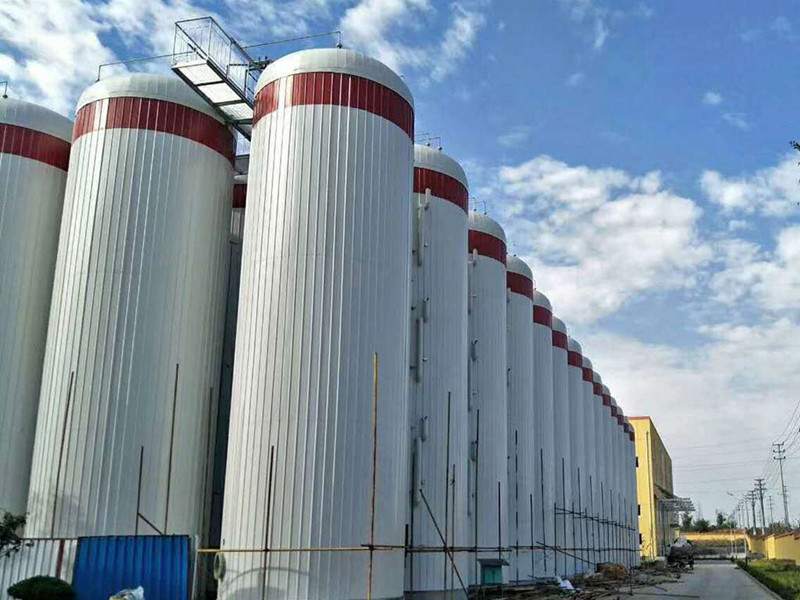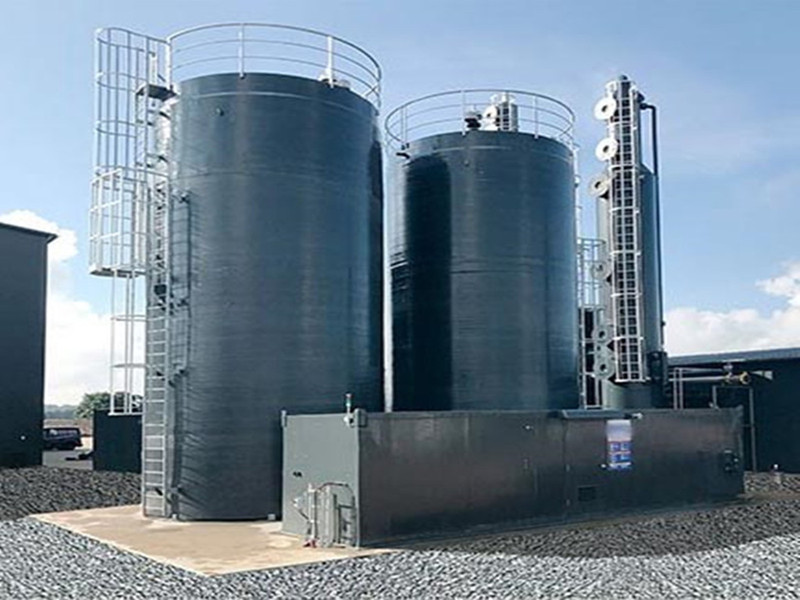Insulation Tanks for Hot & Cold—Save Energy, Fast Delivery?
Field Notes on Modern [Insulation Tanks]
If you’ve ever tried to keep a reaction steady through a cold night shift, you already know why properly engineered Insulation Tanks matter. The quick summary: fiberglass shells outside, PU or foam inside, and smart details in between to keep heat where it belongs. Origin-wise, this line is built in No. 1289, Yingbin South Street, Jizhou District, Hengshui, Hebei, China—an area that, to be honest, has become a quiet hub for high-spec FRP equipment.

What’s trending (and why it’s not hype)
Two shifts define today’s market: thicker, smarter insulation systems to cut energy intensity, and corrosion-proof exteriors that shrug off brine, acids, and UV. We’re seeing more trace-heating compatibility, more inline monitoring ports, and—surprisingly—larger builds up to DN25000mm that still pass routine hydro and thermal tests without drama.
How they’re built: materials and process
- Shell: filament-wound FRP (GRP) with corrosion barrier; gelcoat UV option.
- Insulation: rigid PU or closed-cell foam; density tuned around 35–60 kg/m³.
- Cladding: FRP laminate over insulation for impact and weather protection.
- Process flow: mold/mandrel prep → FRP layup → post-cure → insulation fitment → FRP overwrap → flange/nozzle fit → hydrostatic and thermal-loss tests.
- Testing standards: ASTM C177 (k-value), ASME RTP‑1 (fabrication/inspection), ISO 14692 (GRP practices), ASTM D2992 (pressure testing protocols).

Specifications at a glance
| Size Range | DN500–DN25000 mm (customizable) |
| Shell Material | FRP (corrosion barrier + structural laminate) |
| Insulation Options | PU, rigid foam; thickness ≈ 30–120 mm (real-world use may vary) |
| Thermal Conductivity | k ≈ 0.025–0.035 W/m·K (PU, per ASTM C177) |
| Operating Temp | −20 to 110 °C typical; consult for higher |
| Service Life | ≈ 15–25 years with routine inspection |
| Certs/Compliance | ISO 9001 factory QA; ASME RTP‑1 practices; ISO 14692 references |
| Origin | Hengshui, Hebei, China |
Applications and real feedback
- Chemical batching at stable ΔT; brine and acid storage with reduced heat loss.
- Brewing/fermentation tanks holding tight temperature bands overnight.
- Aquaculture and biotech—process water and media at controlled temps.
One plant engineer told me, “we measured Insulation Tanks heat loss under ΔT ≈ 30 °C at under 3 °C/24h on a 10 m³ unit.” It’s anecdotal, sure, but it aligns with lab k-values.

Customization that usually matters
Nozzle maps, manways, ladder lugs, sight glasses, external trace heating, and special cladding colors. For larger DN, I’d request extra lifting lugs and proof of hydro plus thermal soak tests.
Vendor snapshot (what buyers compare)
| Vendor | Lead Time | Max Size | Testing | Certs | Warranty |
|---|---|---|---|---|---|
| JRAIN FRP | 4–8 weeks | DN25000 mm | Hydro, C177 thermal, NDT on laminates | ISO 9001; ASME RTP‑1 practice | 18–24 months |
| Vendor B | 6–10 weeks | DN18000 mm | Hydro only | ISO 9001 | 12 months |
| Vendor C | 8–12 weeks | DN22000 mm | Hydro + spot thermography | ISO 9001, ISO 14001 | 12–18 months |
Mini case studies
- Beverage plant: fermentation stability improved, ±0.8 °C holding over 24 h.
- Chemicals: acid storage cut reheat cycles by ~22% quarter over quarter.
- Aquaculture: hatchery tanks kept larvae media within narrow temp windows.
Authoritative references
- ASTM C177 – Standard Test Method for Steady-State Heat Flux Measurements.
- ASME RTP‑1 – Reinforced Thermoset Plastic Corrosion Resistant Equipment.
- ISO 14692 – GRP piping for oil and gas industry (design/fabrication guidance).
- ASTM D2992 – Hydrostatic Design Basis for FRP pipe/tanks methodology.
Latest news
-
Rectangular Tank Made of Fiberglass Material – Durable, Cost-Effective Liquid Storage SolutionsNewsNov.24,2025
-
Hollow Drill Rods for Efficient Drilling Operations in the Field | Durable, Lightweight & CustomNewsNov.23,2025
-
Powerful yt27 Rock Drill for Tough Mining Surfaces | Durable & PortableNewsNov.23,2025
-
Why the Reversible Drill Bit Is a Versatile Tool for All Your Drilling NeedsNewsNov.22,2025
-
Fiberglass Food Grade Equipment: Key Features, Benefits & Global ImpactNewsNov.22,2025
-
How a Drilling Rod Spirals Down Into the Earth: Tech, Trends & Global ImpactNewsNov.21,2025











